Decision Regarding Trees at Wasatch Mountain State Park
August 17, 2022
SALT LAKE CITY — The Utah Division of State Parks has announced that due to safety concerns, the 12 trees within the project area near the Chalet at Wasatch Mountain State Park will be removed. This decision was made after extensive consultation with arborists and additional state agencies.
At a project update meeting Tuesday evening, Utah State Parks representatives announced the decision. The meeting was hosted at the Wasatch Mountain State Park Golf Course Clubhouse. Members of the public were in attendance, and the meeting was also live streamed via the official Wasatch Mountain State Park Facebook page.
Earlier this summer, Utah State Parks began constructing a new campground near the Chalet at Wasatch Mountain State Park. This area was chosen because of its proximity to existing utilities, natural greenery and overall beauty.
As part of the project, 12 black willow trees were marked for removal. These trees have a history of breaking apart and falling, and staff were concerned that they posed potential safety risks to future campers and those in the roadway.
“After looking at the plans I talked with my staff about the removal of the trees … and they stated that trees are always breaking,” Park Manager Jonathan Hunt said at the meeting. “It happens during wind and storms, but it also can happen sporadically and without warning. We actually had a large tree completely collapse earlier this year.”
This tree collapse occurred in early summer. One of the larger trees in the area broke and fell into the roadway overnight. Luckily, no visitors or staff were hurt in the collapse, but the entire roadway was blocked. Park staff utilized chainsaws in order to remove the tree and reopen the road.
Following public concern about the proposed tree removal, Utah State Parks halted the removal and sought out additional opinions from Atlas Tree Service and the Division of Risk Management. The public was especially concerned about three large trees on the west side.
Over the next several weeks, multiple arborists from Atlas Tree Service visited the area and examined the trees, along with additional representatives from the Utah Division of Risk Management. These reports outlined specific recommendations for the three main trees, as well as nine trees running along the creek on the north side.
Mitch Jones, one of the two arborists who reviewed the trees, attended the meeting and presented his findings. Jones noted that while the trees were beautiful, the extensive decay, age, and existing breaks make the trees extremely unstable, saying it would be unsafe to have visitors around them.
The Atlas Tree Service report indicates that the three main trees not only have significant decay at their base, but also have light showing through their main stems in areas as high as 25 feet. All the trees also have several open fractures and cavities due to breaks and failures. Due to these findings, the arborists recommended the full removal of all 12 trees.
“It’s just a matter of time,” Jones said. “If there is going to be a campground, if there is going to be traffic, if there is going to be people anywhere near the trees, then you can’t keep the tree.”
According to the Atlas Tree Service report, the lifespan of black willow trees averages 65 years with a typical range of 40-100 years. Core samples of these specific trees have not been taken, but arborists estimate the three main trees are close to 100 years old.
While the report also indicates that the trees could be left in the area, they would all require extensive removal of large areas — along with braces, cables, footing, and additional support work. Not only would these trees no longer resemble what they currently do, but visitors would still be excluded from entering the area around them.
The presentation by Division Risk Management Director Brian Nelson echoed the potential danger the trees pose to visitors. Their report indicated that if any of the trees or substantial branches were to fall they could cause serious injury or death to those within the vicinity.
“We agree unequivocally with the conclusions of the arborists and the decisions of State Parks,” Nelson said. “ Under the circumstances, we recommend that the subject trees be removed to protect all who will enter this park.”
Following the presentations from Hunt, Jones and Nelson, Utah Division of State Parks Director Jeff Rasmussen announced the decision to continue forward with the proposed removal of the trees. This includes the three trees along the west end of the project as well as the nine trees running along the creek on the north side.
The trees have been a beloved resource and their presence is one that has been valued by the local community, Rasmussen said. The area has been a popular site for family reunions, community activities, group camps and even weddings. In fact, multiple state park employees have even had their weddings in the area.
“Removing any natural resource, including trees, is not something our division takes lightly,” Rasmussen said. “Removal is never a preferred option. In fact, we always look to incorporate the existing natural resources into the plans.”
While these trees will be removed, Rasmussen asked the community to share ideas about incorporating portions of the trees into the area — either in the campground itself or into other areas at the state park. These could include things like sculptures, benches, interpretive signage and memorials, and more. While these ideas may be limited to the amount of usable wood available from the trees, Rasmussen asked that those with ideas reach out to the park and share them.
Additional Resources:
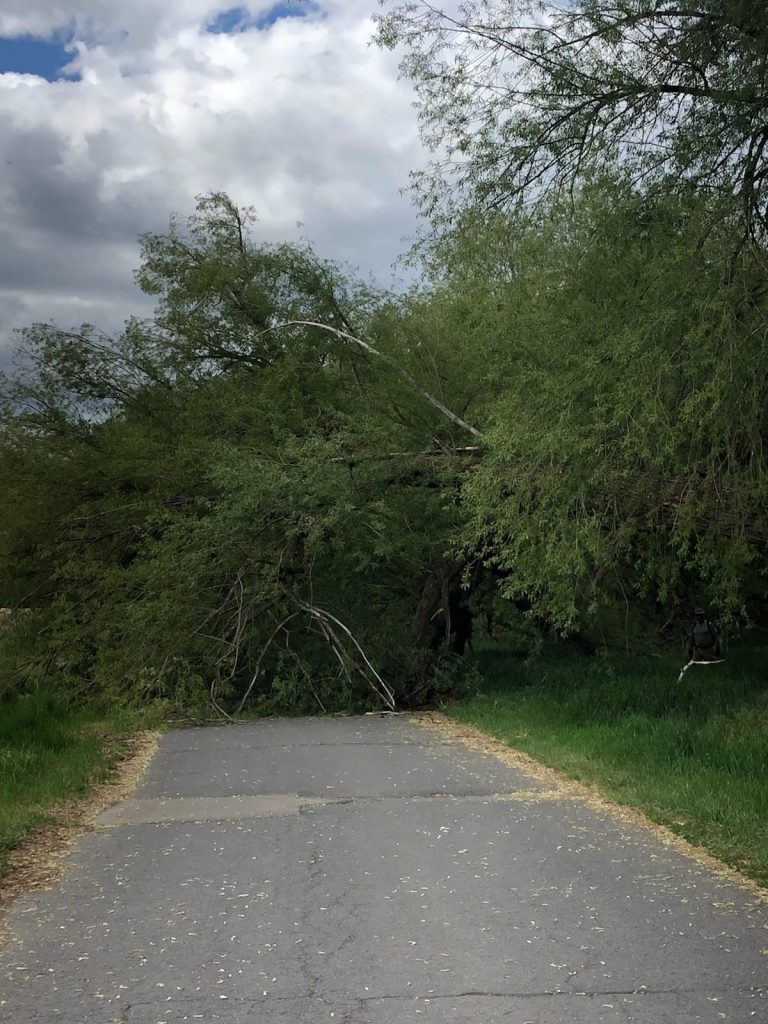
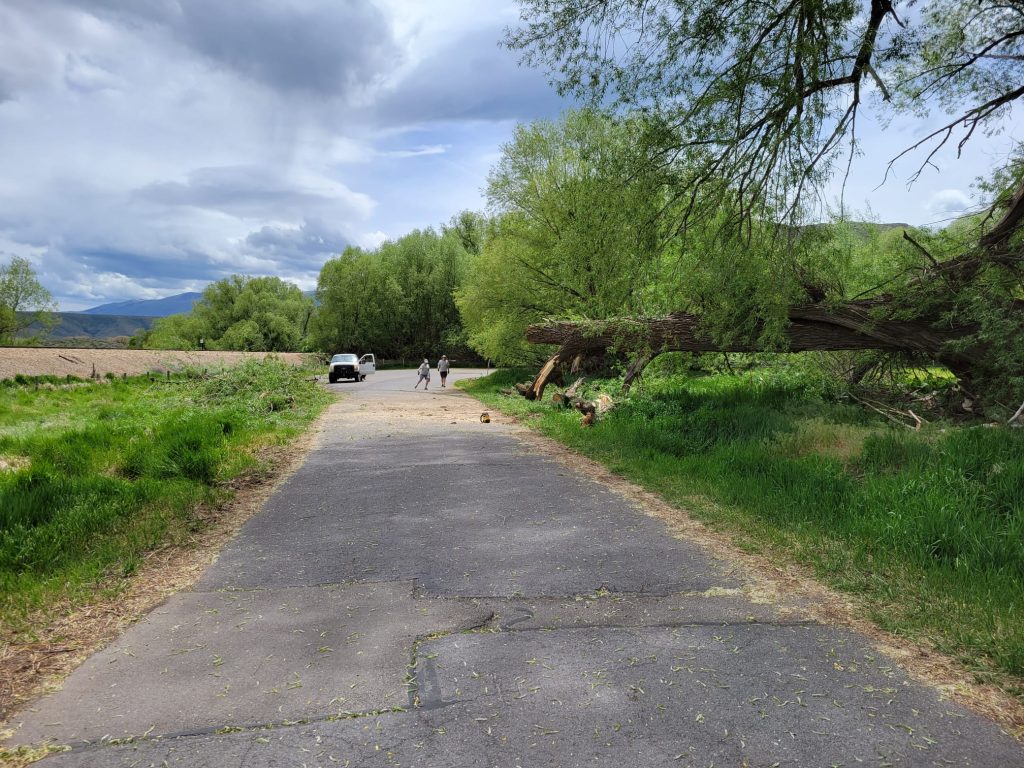
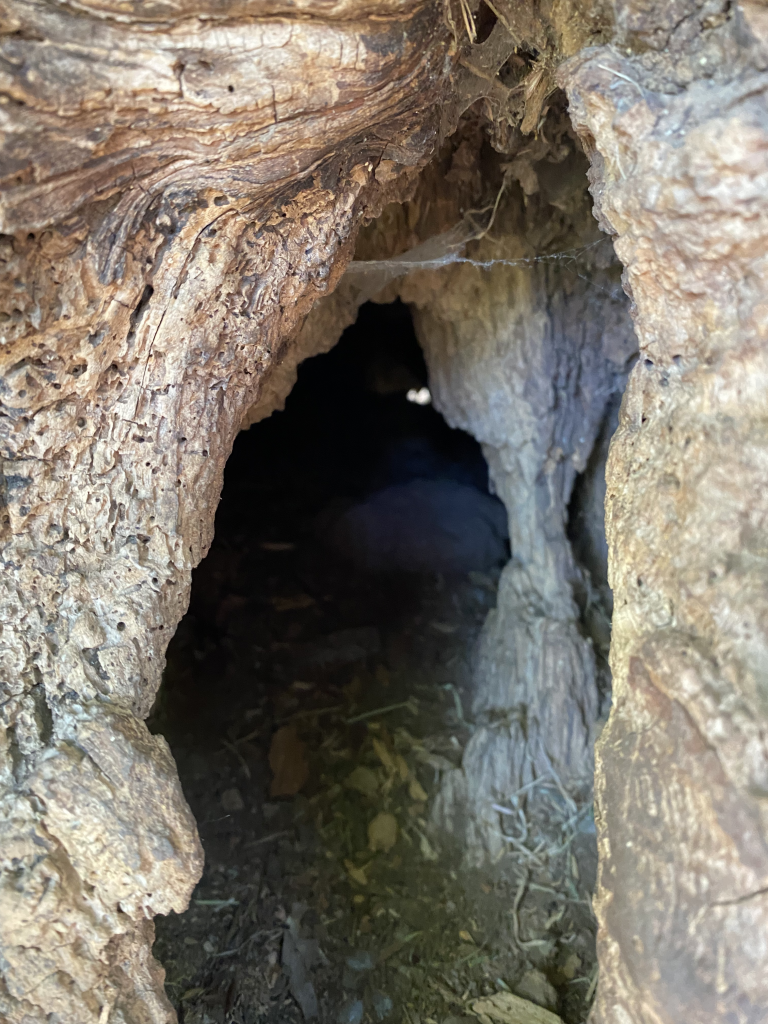
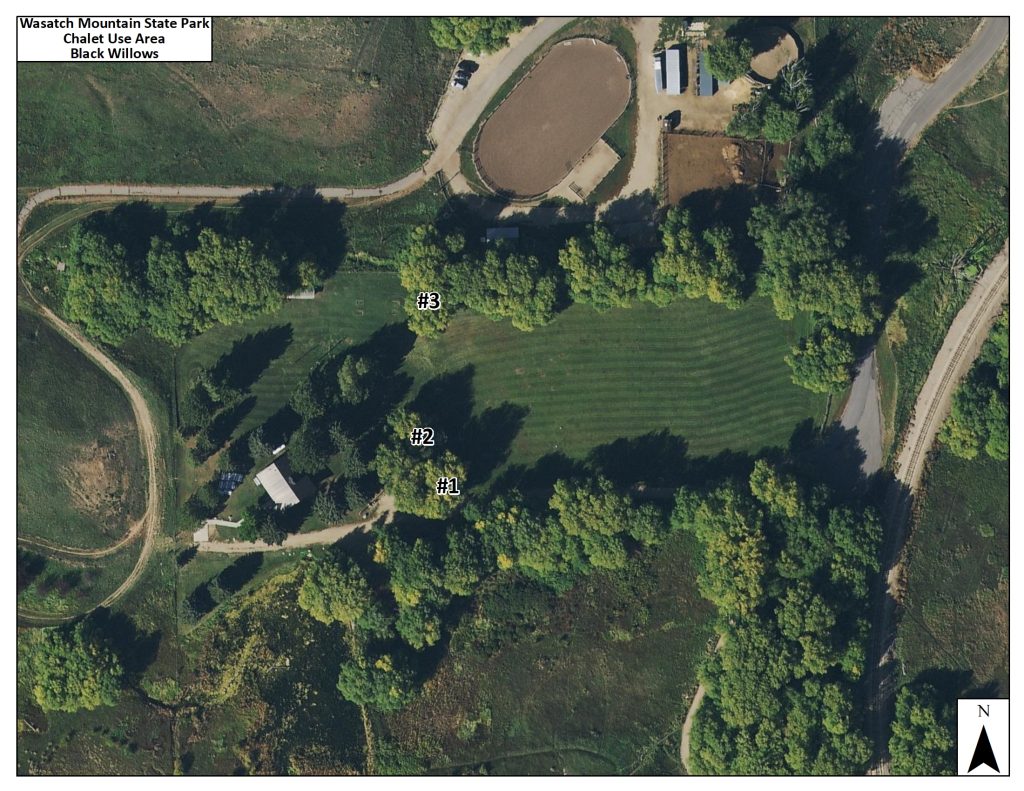
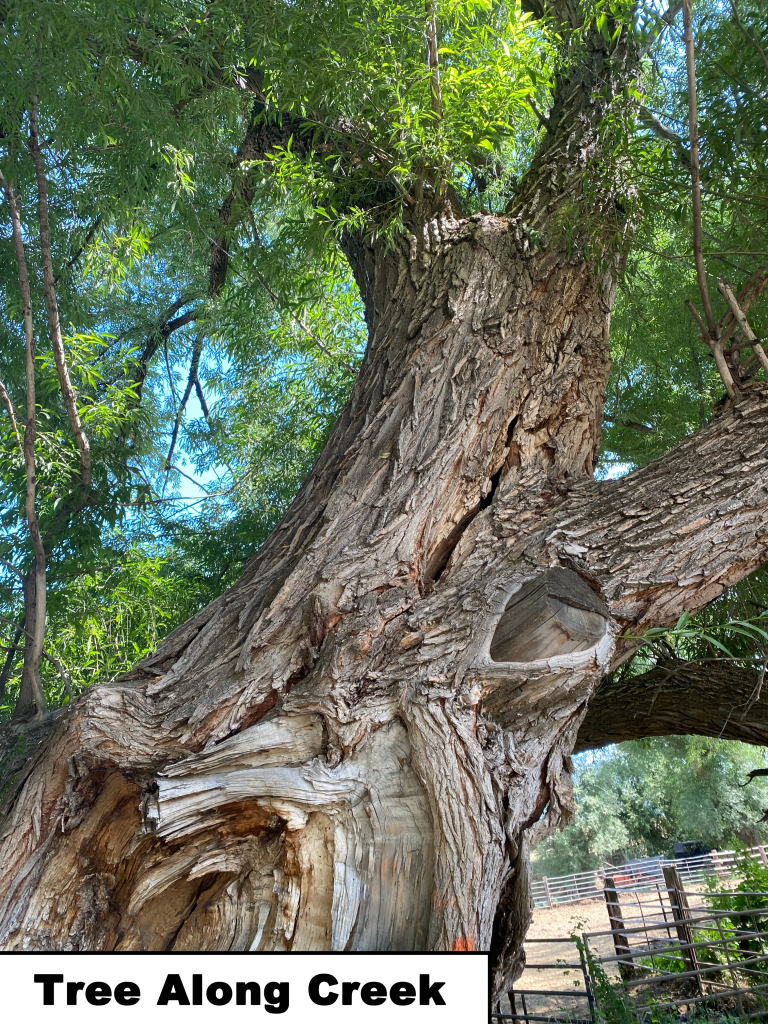
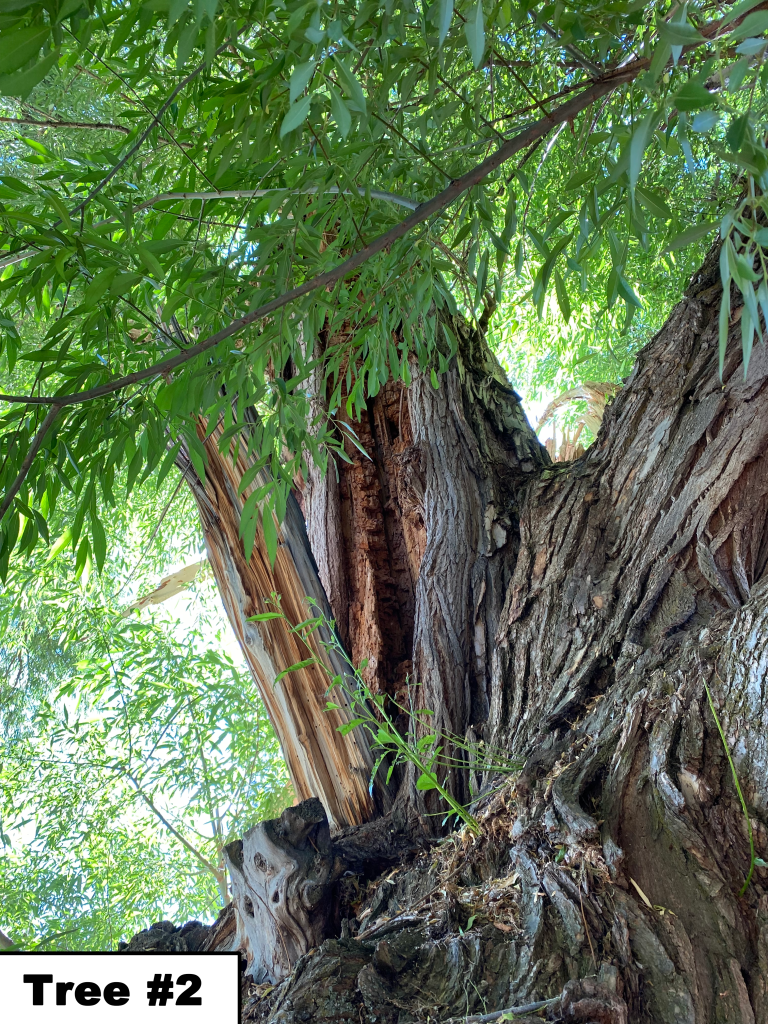
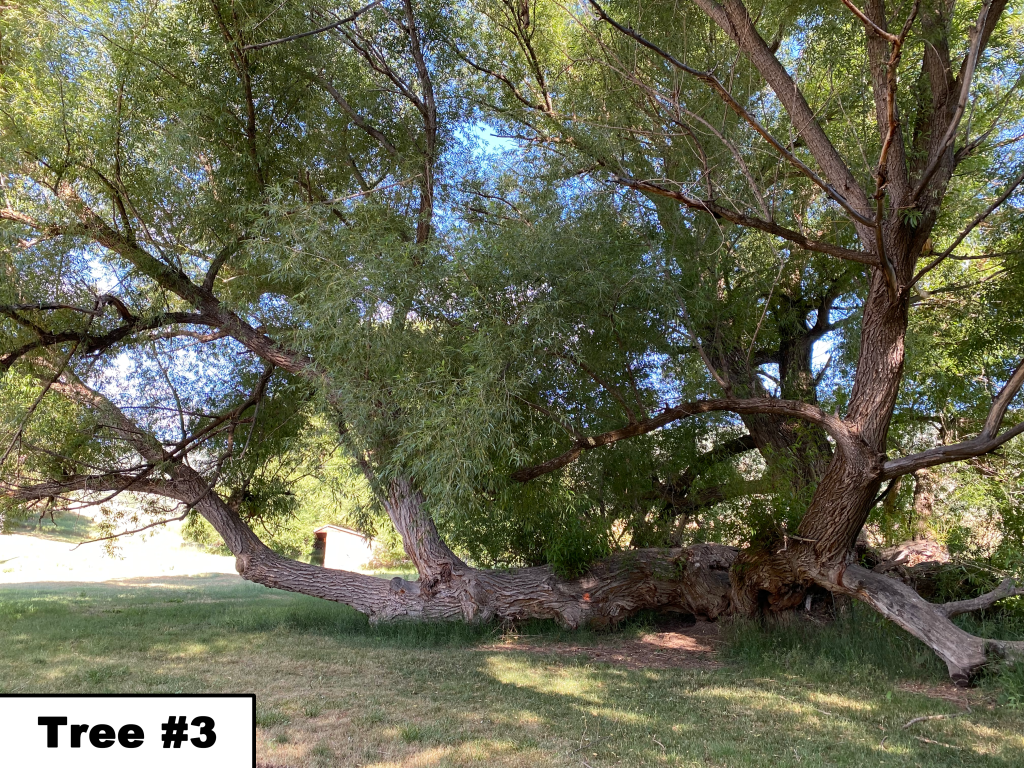
If you found this blog entry interesting, please consider sharing it through your social network.